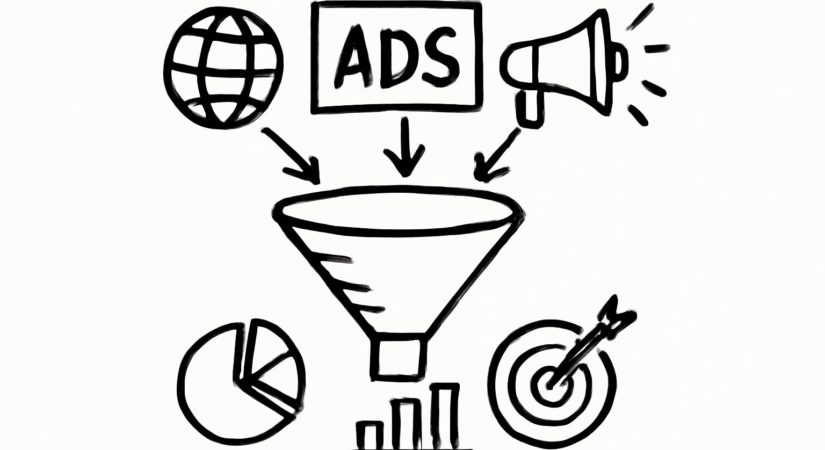Global advertising spending has surpassed $1 trillion, with digital advertising—especially search and social media—expected to account for nearly 73% of total ad revenue this year. Leading platforms like Google, Meta, Amazon, and Alibaba together capture over half of this market.
Ecommerce paid media teams face challenges managing vast amounts of data across multiple channels such as search, social, and out-of-home advertising. Fragmented reporting arises from varied attribution models and the use of diverse tools, causing only 32% of executives to feel they fully leverage their marketing data.
This article explores key performance indicators (KPIs), platform attribution methods, business goals, and strategies for integrating data to assess paid media effectiveness.
Key Performance Indicators (KPIs)
Effective paid media reporting begins with selecting appropriate KPIs that align with business objectives. Metrics vary in purpose and scope and include short-, mid-, and long-term measures.
Short-Term Metrics
- Return on Ad Spend (ROAS): Revenue divided by ad spend, indicating campaign profitability but excluding factors like customer acquisition costs (CAC) and margins.
- Cost Per Acquisition (CPA): Average cost per sale or lead, useful for monitoring efficiency but lacking insight into revenue or customer value differences.
- Cost of Sale (CoS): Percentage of revenue spent on advertising, valuable for margin-sensitive businesses but may overlook unprofitable sales.
Mid-Term Metrics
- Customer Acquisition Cost (CAC): Total marketing and overhead costs per new customer, providing a holistic acquisition cost necessary for profitability analysis but less suited for channel-specific reporting.
- Marketing Efficiency Ratio (MER): Total revenue divided by total ad spend across all channels, simplifying multi-channel analysis but masking individual channel performance.
Long-Term Metrics
- Customer Lifetime Value (CLV): Estimated net revenue from a customer over time, essential in conjunction with CAC for retention strategies, though complex to calculate and maintain.
A comprehensive approach combining these KPIs supports informed decision-making and performance evaluation.
Understanding Platform Attribution
Advertising platforms apply different attribution models that affect reported performance. For example, Google Ads uses Data-Driven Attribution, crediting paid channels differently depending on integrations with tools like GA4. Meta Ads attributes 100% of a conversion within a seven-day click or one-day view window to itself, often inflating its reported impact.
Platform metrics are useful for internal optimization but do not fully capture the incremental value of paid media. Interpreting these data points within the broader marketing strategy is crucial.
Holistic Measurement Approaches
To move beyond fragmented data, brands can use methods like Marketing Mix Modeling (MMM) and Incrementality Testing.
- Marketing Mix Modeling: Statistical analysis of aggregated historical data that isolates each marketing channel’s effect on sales. MMM helps allocate budgets strategically without relying on user-level tracking, which suits privacy-compliant environments.
- Incrementality Testing: Controlled experiments comparing test and control groups to measure paid media’s true contribution to business outcomes, guiding spend decisions more reliably.
Operational Considerations
Accurate ecommerce reporting also depends on factors such as product margins, average order value variability, shipping and return rates, discounting, stock availability, and pixel tracking quality. Ignoring these can lead to misleading data and poor optimization.
Integrating Data for Informed Reporting
No single tool or metric fully explains paid media performance. Combining platform data with internal analytics and external modeling provides a clearer picture. Begin by defining solid KPIs that incorporate operational realities, then select trusted models to reveal overall impact.
Third-party attribution tools can blend data, but they still require clean KPIs and reliable tracking. BI tools like Looker Studio, Tableau, and Datorama enable flexible reporting, often using multiple dashboards to accommodate different data views.
Prioritizing comprehensive, multifaceted reporting connects media spend to profit and supports strategic growth in ecommerce.
